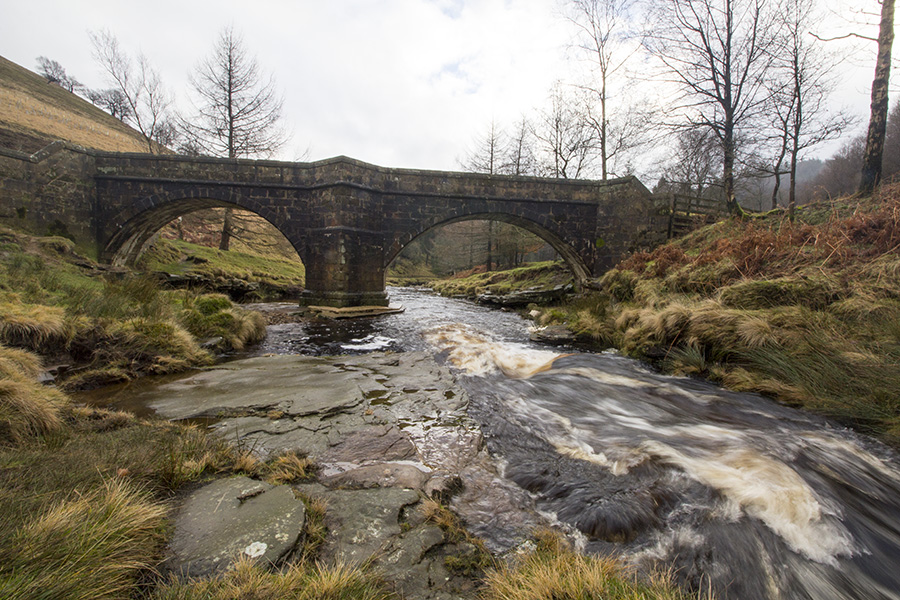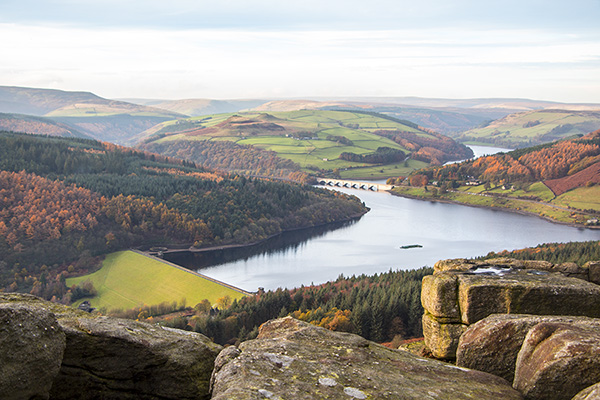Derwent Hall is one of the many lost country houses that now only exist in photographs and history books, well almost. Let me explain.
When Ladybower Reservoir was filled in the 1940s the villages of Ashop and Derwent disappeared beneath the rising water. The old Snake Pass road too disappeared, replaced by the straighter, flatter route that now runs across the Ashopton Viaduct. Along with Derwent Village itself a Jacobean country house, Derwent Hall was lost too.
Derwent Hall was originally built in 1672 for Henry Balguy of “The Hagg”. If your familiar with the local you’ll know where Hagg Farm is. Joseph Aloysius Hansom appears to have undertaken the design of Derwent Hall. With two stories, nine bays and mullioned windows it represented a huge statement of wealth when many everyday folk would have been living in dwellings with just a couple of rooms. In 1767 the hall became a farmhouse and by 1817 had been sold to John Read. According to the sources I’ve found it passed “via inheritance” to the “Newdigates of Kirk Hallam”. Derwent Hall finally became part of the estate of the Duke of Norfolk.
The house briefly became a youth hostel (1931) then, after a compulsory purchase was used as a school from 1940 to 1941. One assumes to house some of the children evacuated from Sheffield and Manchester during the Blitz of WWII. The imminent completion of the Ladybower Dam was probably the cause of the end of its school role because by 1944 the house was demolished ready for the completion of the Ladybower Reservoir in 1945.
So, another country house consigned to oblivion? Not quite.
The demolition of Derwent Hall was carried out by famous local civil engineers Henry Boot. A consequence of this is the best of the internal fittings and stonework were reclaimed and transported to Thornbridge Hall, at the time owned by the Boot family. In addition elements of the wood panelling inside the house were bought by Nottingham and Derby Corporations for installation in their offices. Finally the old packhorse bridge that was attached to Derwent hall was rebuilt, stone by stone at the head of Howden Reservoir. It now serves cyclists and walkers circumnavigating the reservoir complex.
Derwent Hall Lives On
The loss of what appears to have been a lovely Jacobean house will always be saddening but parts of the building still live on across the region. If you know where to look.







Recent Comments